
One of the most complicated issues for artists when it comes to colour is understanding the value of colours in nature and how to replicate this in paint. This is also sometimes called the tonality of colours.
In the modern world, a greyscale – usually containing as many as 10 stops on the scale from pure white to absolute black – is used as a guide to colour values. A pure middle grey is usually the fifth stop on this scale. Value refers to the visual quality of light and dark of surfaces, colours, objects and shapes, as we see them in nature. In other words, how light or dark are they. Matching colour mixtures to capture the correct values of an object or a scene is a skill that is developed and learned over time.
Tone, or tonality, is often used as a term to describe value in drawing and painting. Tones of colours are referential to the values of colours, but tonality can also refer to the overall quality or visual feeling of the value of a painting and tonalism refers to an aesthetic of focus on the poetry of values or tones in a painting.
SETTING THE TONE
One of the first discussions in the western world concerning the value of colours as seen in the natural world was presented by Aristotle in De Coloribus. Working in the 4th century BC, the Greek philosopher suggested that colours and their values were a function of the interaction of light and shade. For him, absolute white was the complete absence of value and colour, while absolute black was the extreme opposite and also colourless and valueless.
Aristotle’s discussions of colour and value have been extremely infl uential for centuries, especially during the Italian Renaissance and again among Romantic painters of the 19th century. Today, we see white and black as part of the value stream on greyscale charts and they are important visual markers for gauging the value of colours.
Esta historia es de la edición October 2019 de Artists & Illustrators.
Comience su prueba gratuita de Magzter GOLD de 7 días para acceder a miles de historias premium seleccionadas y a más de 9,000 revistas y periódicos.
Ya eres suscriptor ? Conectar
Esta historia es de la edición October 2019 de Artists & Illustrators.
Comience su prueba gratuita de Magzter GOLD de 7 días para acceder a miles de historias premium seleccionadas y a más de 9,000 revistas y periódicos.
Ya eres suscriptor? Conectar

Still life IN 3 HOURS
Former BP Portrait Award runner-up FELICIA FORTE guides you through a simple, structured approach to painting alla prima that tackles dark, average and light colours in turn
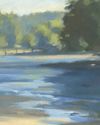
Movement in composition
Through an analysis of three masterworks, landscape painter and noted author MITCHELL ALBALA shows how you can animate landscape composition with movement
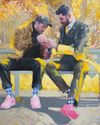
Shane Berkery
The Irish-Japanese artist talks to REBECCA BRADBURY about the innovative concepts and original colour combinations he brings to his figurative oil paintings from his Dublin garden studio
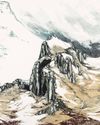
The Working Artist
Something old, something new... Our columnist LAURA BOSWELL has expert advice for balancing fresh ideas with completing half-finished work
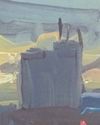
Washes AND GLAZES
Art Academy’s ROB PEPPER introduces an in-depth guide to incorporating various techniques into your next masterpiece. Artwork by STAN MILLER, CHRIS ROBINSON and MICHELE ILLING
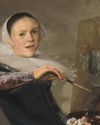
Hands
LAURA SMITH continues her new four-part series, which encourages you to draw elements of old master paintings, and this month’s focus is on capturing hands

Vincent van Gogh
To celebrate The Courtauld’s forthcoming landmark display of the troubled Dutch master’s self-portraits, STEVE PILL looks at the stories behind 10 of the most dramatic works on display
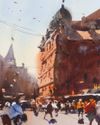
BRING THE drama
Join international watercolour maestro ALVARO CASTAGNET in London’s West End to paint a dramatic street scene
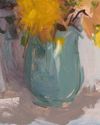
Serena Rowe
The Scottish painter tells STEVE PILL why time is precious, why emotional responses to colour are useful, and how she finds focus every day with the help of her studio wall
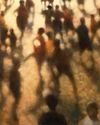
Bill Jacklin
Chatting over Zoom as he recovers from appendicitis, the Royal Academician tells STEVE PILL about classic scrapes in New York and his recent experiments with illustration